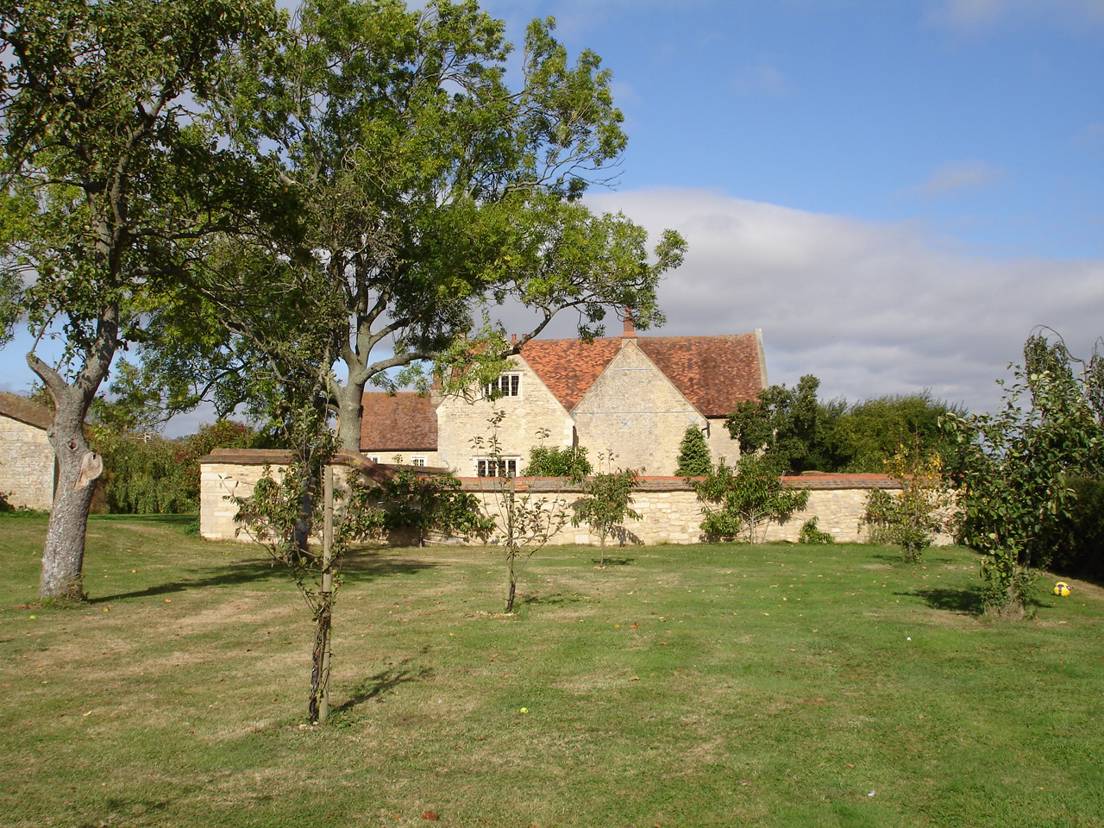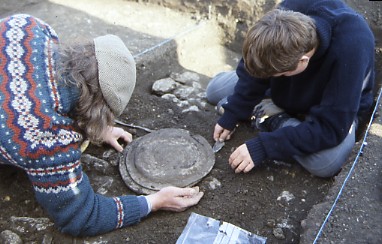Assets which provide evidence of past human activity, including the substance and evolution of places and of the people and cultures which made them will be considered. In the case of buried archaeology where the extent of survival is unknown, preservation of the site is key and evidence in support of inclusion should be based on best practice and other archival information.
Archaeological evidence can be found in buried remains, but can also be revealed in the structure of buildings and in designed, agricultural or industrial landscapes.
Examples might include the earthwork remains of a Tudor garden, which can reveal evidence of garden design and what was grown, or the buried remains of a Roman town or farmstead, which can reveal evidence of settlement patterns, trade, and farming.
Helpful Questions
- What is known about the asset from previous excavation or archival records?
- If little is currently known about the asset, what potential is it expected to have to provide important evidence?
- How well preserved is the asset likely to be?
- Is the site under threat, or has it been disturbed through development or land use?


